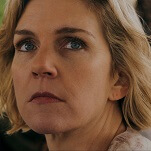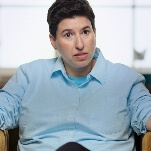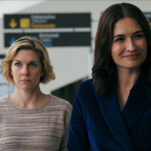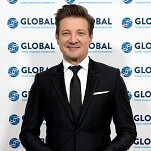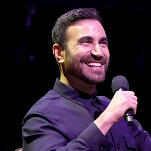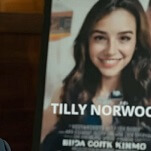The Fairyland Story
When the mid-'80s officially began in 1985, things weren't looking as good as nostalgic specials on VH1 would have you believe. The AIDS epidemic was out of control, 10,000 people were killed when a cyclone hit Bangladesh, and New Coke filled supermarket shelves. People seeking escape from the troubled times often found it in video arcades, and what better place for total escape than in a fairyland story?
Gameplay: In The Fairyland Story, you play a witch named Ptolemy, who looks like a cross between Legend Of Zelda's Link and Orko from He-Man. You're questing through various castles and giant cakes in Fairyland, though you never find out exactly what you're questing for. But it must be important, because a lot of fairy-tale monsters want to stop you, including wizards, dragons, sword-wielding pigs, and, of course, hippos wearing crash helmets.
You defeat the monsters by zapping them with your magic wand, either turning them into cupcakes that can be dropped onto other monsters, or disintegrating them. There are also various power-ups to collect, like potions, rings, scrolls, and wands, which give Ptolemy temporarily enhanced powers like invincibility and increased magical zapping range.



